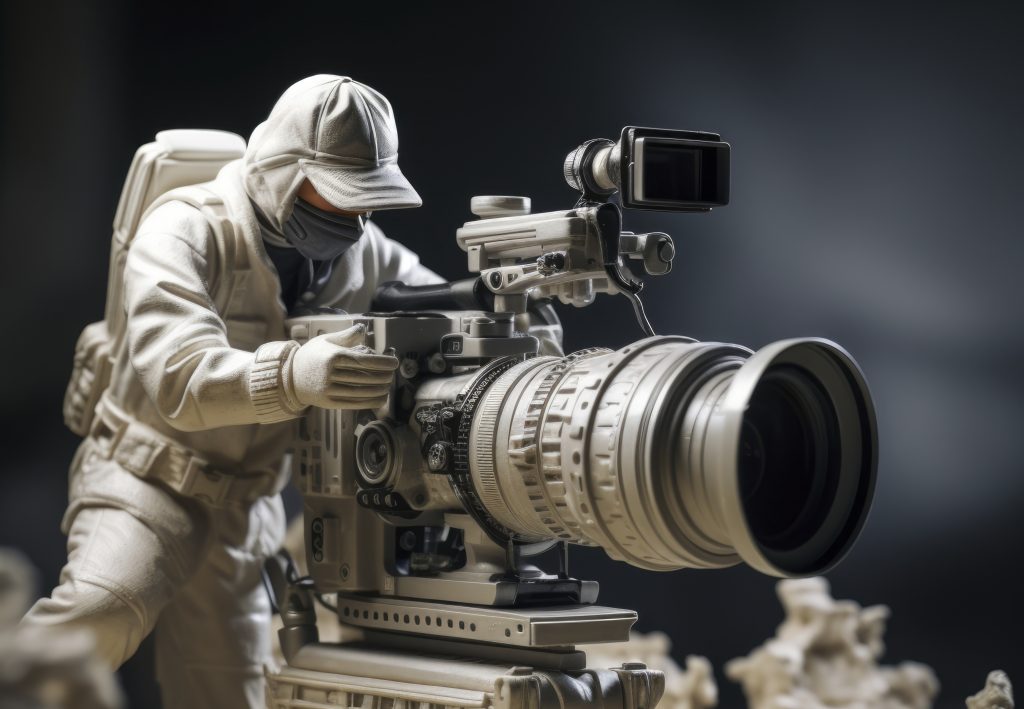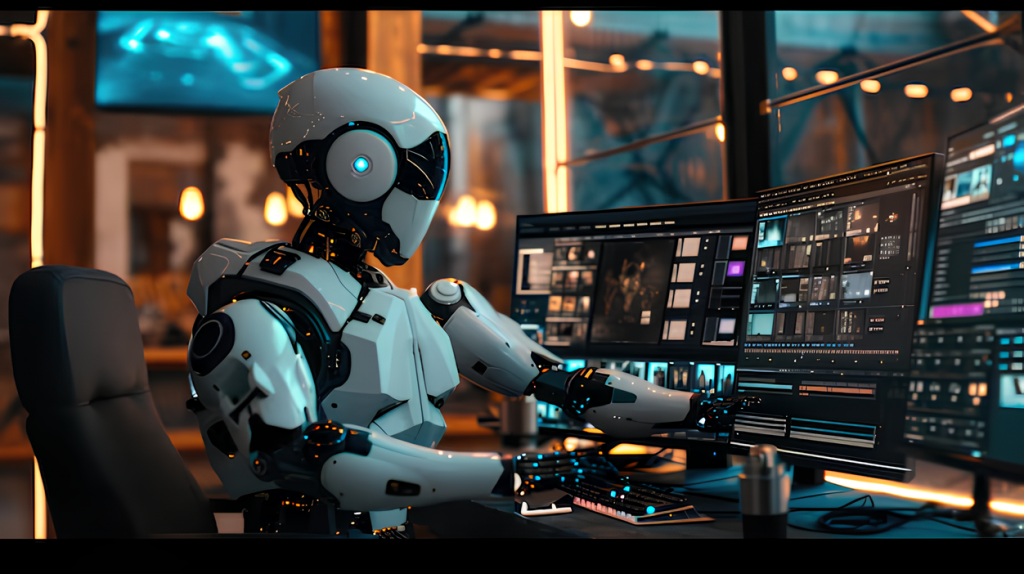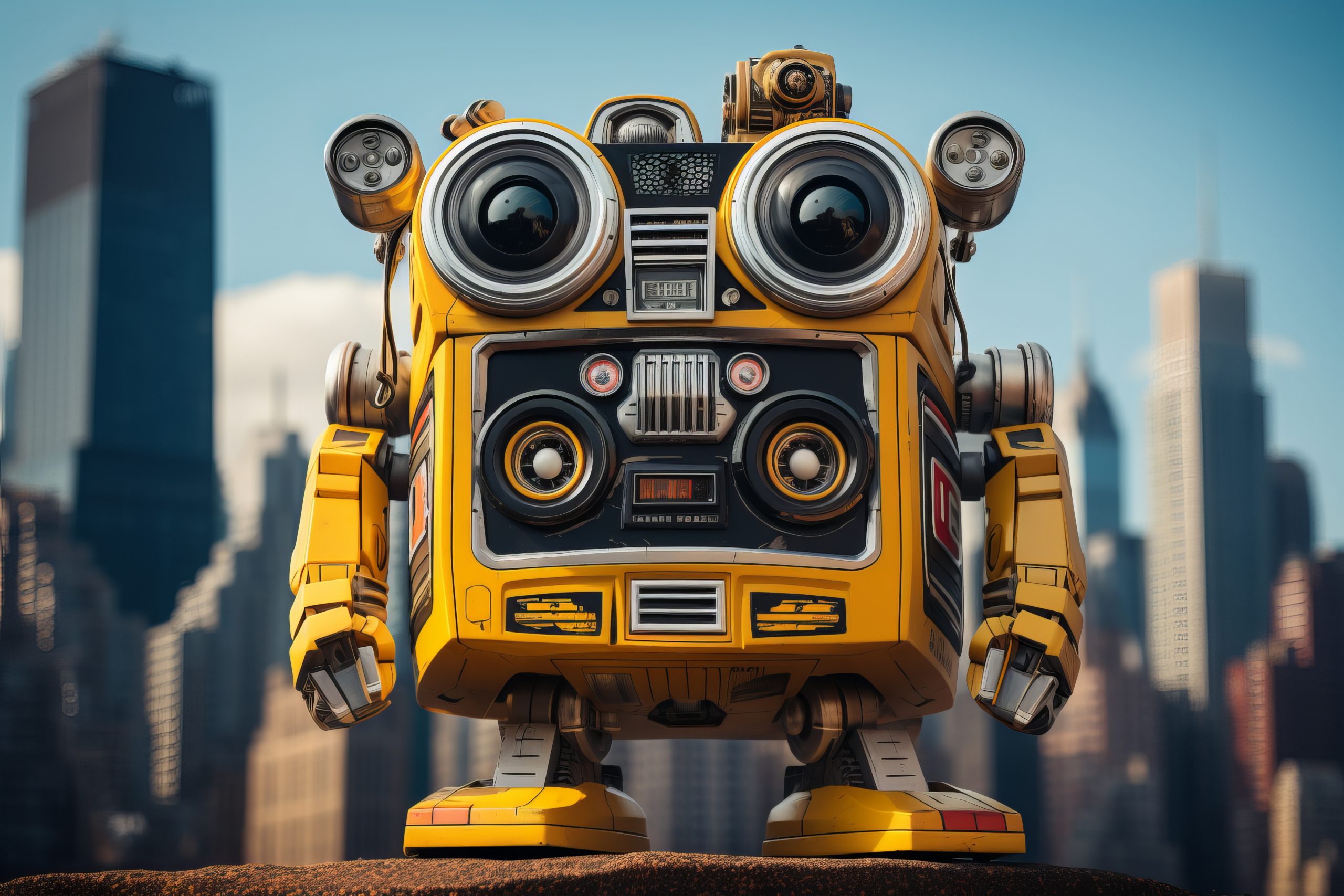If you’re a business owner or a digital strategist, you know the pressure. Video is no longer a luxury; it’s the fuel for every marketing initiative, every social media feed, and every product launch. The pain-free of traditional production (the scheduling, the budgeting, the endless revisions) is what makes the promise of AI video generation so intoxicating. But the key to winning isn’t just knowing the tools; it’s knowing how to tame them for measurable results. This article shows the industry’s most reliable generators and, more importantly, exposes the trap that most DIYers fall into.
The Power Players: 4 AI Video Generators That Works
The market for AI video is explosive, but a few key platforms stand out for their advanced capabilities and potential to deliver great content. These are the engines that promise to put a “film studio in your pocket:”
- OpenAI’s Sora: The aspirational leader. Though not yet widely available (as of 2025), its free videos are doing a great job, even regarding complex prompts. Sora is pushing the boundaries of what’s possible.
- Google Veo: A serious contender focused on cinematic quality. Veo is gaining traction for its fluid motion, which position it to be a powerhouse for businesses needing polished visual assets.
- Runway (Gen-4): The industry workhorse and marketer’s favorite. Runway is an all-in-one suite that combines text-to-video generation with powerful video editing and creative control features (like Inpainting and Motion Brush), making it the go-to for hands-on content creators.
- HeyGen: The avatar specialist. Perfect for businesses needing explainer videos or sales pitches, HeyGen allows you to create hyper-realistic digital avatars from a single photo or use pre-made stock avatars, letting you deliver your message in dozens of languages without ever stepping in front of a camera.
These tools are brilliant, fast, and disruptive. They solve the problem of production capacity. But they immediately introduce a new, often more frustrating problem: The Prompt Barrier.
The Frustration Gap: When Great Tools Meet Bad Prompts
The slick demo reels make AI video look effortless: type a sentence, get a masterpiece. The reality, however, is a digital grind. AI video generators don’t read minds; they only read instructions. They are highly literal, and a slight ambiguity can lead to comical, unusable, or brand-inconsistent output.
Businesses are reporting immense user frustrations because the success rate is shockingly low in the early stages. There is no official statistic covering all models, but expert prompt engineers estimate that for highly sophisticated models like Sora or the advanced features in Adobe Firefly, the ratio of failed or unusable generations to one successful clip can be as high as 6-to-1 or even 10-to-1, and that’s after the initial learning curve.

Why AI Video Fails the First Time:
- The Uncanny Valley Trap: Trying to achieve perfect photorealism often lands your character or scene in the uncanny valley, which looks subtly wrong and actively repels viewers.
- Contradictory Instructions: Prompts like “A professional, happy CEO frowning while walking slowly” confuse the model, leading to glitches or bizarre movements.
- Ignoring Technical Directives: Failing to include camera terms (slow dolly zoom), aspect ratios (16:9 cinematic), or specific styles (Blade Runner 2049 aesthetic) results in generic, low-impact visuals.
- The Cost of Failure: Since many tools operate on a credit system (costing per second of video generated), every failed attempt is literally money burned, leading to budget overruns and extreme “AI anxiety”.
The truth is, the world’s best AI tool is worthless if you don’t have the expertise to consistently compel it to produce content that aligns with your brand’s voice and your marketing goals.
The Cautionary Tale of AeroNimbus Energy
When it hits close enough to home, the reality of AI failure can be staggering. Consider the case of AeroNimbus Energy, a sustainable technology company based in Alberta, Canada, which recently attempted to launch a new, complex energy storage product. Their Chief Marketing Officer, an experienced marketer, was determined to leverage AI video for their most recent launch to minimize production costs and save on external agency fees.
Their goal was straightforward: “Show a beautiful, clean lithium battery powering a future home.”
The in-house team spent two weeks and over $800 USD in generation credits on a popular platform. Despite the investment, they had nothing usable. Their numerous attempts resulted in a string of failures: batteries floating mid-air, homes rendered in a bizarre, cartoonish style that clashed with the company’s brand image, and a CEO avatar who, in one costly sequence, was accidentally lip-syncing Mandarin instead of the required English, a critical failure for their primary target market. The CMO quickly realized they were paying their high-salaried staff to function as full-time, frustrated prompt testers, sinking time and money with zero ROI.
Facing a critical stall in their product launch, they made the decision to partner with a specialized Digital Marketing agency. The agency didn’t spend a single credit until they had engineered a precise, 12-step structured prompt. This strategic approach nailed the visual, motion, and style on the very first try, securing a successful campaign launch within weeks. The lesson learned was painful but clear: the best AI tool requires strategic expertise to make it work.

The MarketingVerse Difference: Clicks that Counts
This is where a Digital Marketing partner like MarketingVerse steps in to solidify your digital strategy. You gain a practical approach to AI tools and strategic framework around them. Also, you perceive AI video as assets that bring measurable growth to the table.
The main advantage is that you bridge the gap between “what a software can technically do” and “what actually should be your voice on social by:
- Determining which tool (Sora, Veo, Runway, and so on) is the best fit for your goals and whether you should have high-volume videos in place.
- Learning that AI is a marketing piece, not a miracle solution, and how it can work in favour of your business.
The truth is, you don’t just need another software subscription; you need a reliable partner to manage some complexity. You can start an in-depth conversation with Andrea here: https://truemarketingverse.baitsglobal.com/about-contact/
Beyond the Prompt: Scaling and Integrating AI
The ultimate goal of using AI in Digital Marketing is not just to make one video, but to build a scalable content engine. This involves integrating AI-generated video into your existing marketing and sales funnels. A webinar can turn into several short videos, snippets for LinkedIn, Instagram, you name it. This synergy is the key to bring the true value of powerful tools for reach and growth.
Get started with a free 20-minute discovery call and learn how to turn your content into real connections: https://truemarketingverse.baitsglobal.com/about-contact
Frequently Asked Questions (FAQ)
What is the biggest hurdle for businesses trying to create AI video in-house?
The biggest hurdle is prompt paralysis and the resulting cost overruns. Businesses spend excessive time and money on trial-and-error prompting because they lack the technical language and structured approach required to get consistent, brand-compliant results from high-end tools like Sora or Veo, stalling their Digital Marketing efforts.
Can AI video content be GEO surfaceable and indexed by Google?
Yes, absolutely. For AI video to be GEO surfaceable and indexed, the key is the human-supervised text layer. Tools that auto-generate highly accurate, time-synced transcriptions and closed captions are vital. Google indexes this text just like a blog, allowing your video content to rank for relevant keywords, ensuring your Marketing reaches the right audiences.
How can a Digital Marketing agency reduce my AI video content cost?
MarketingVerse reduces cost by drastically lowering the failure rate. By using precise prompt engineering and a data-driven approach, we minimize wasted generation credits and time, resulting in a lower cost-per-usable-video than an in-house team experimenting blindly.
What is the ideal video length for AI-generated content to maximize engagement?
For maximum engagement on social platforms, focus on short clips between 7 and 15 seconds. AI-generated video is currently strongest at creating these with highly polished visual hooks, which are perfect for A/B testing and driving traffic from platforms like TikTok, IG, and YouTube Shorts.



